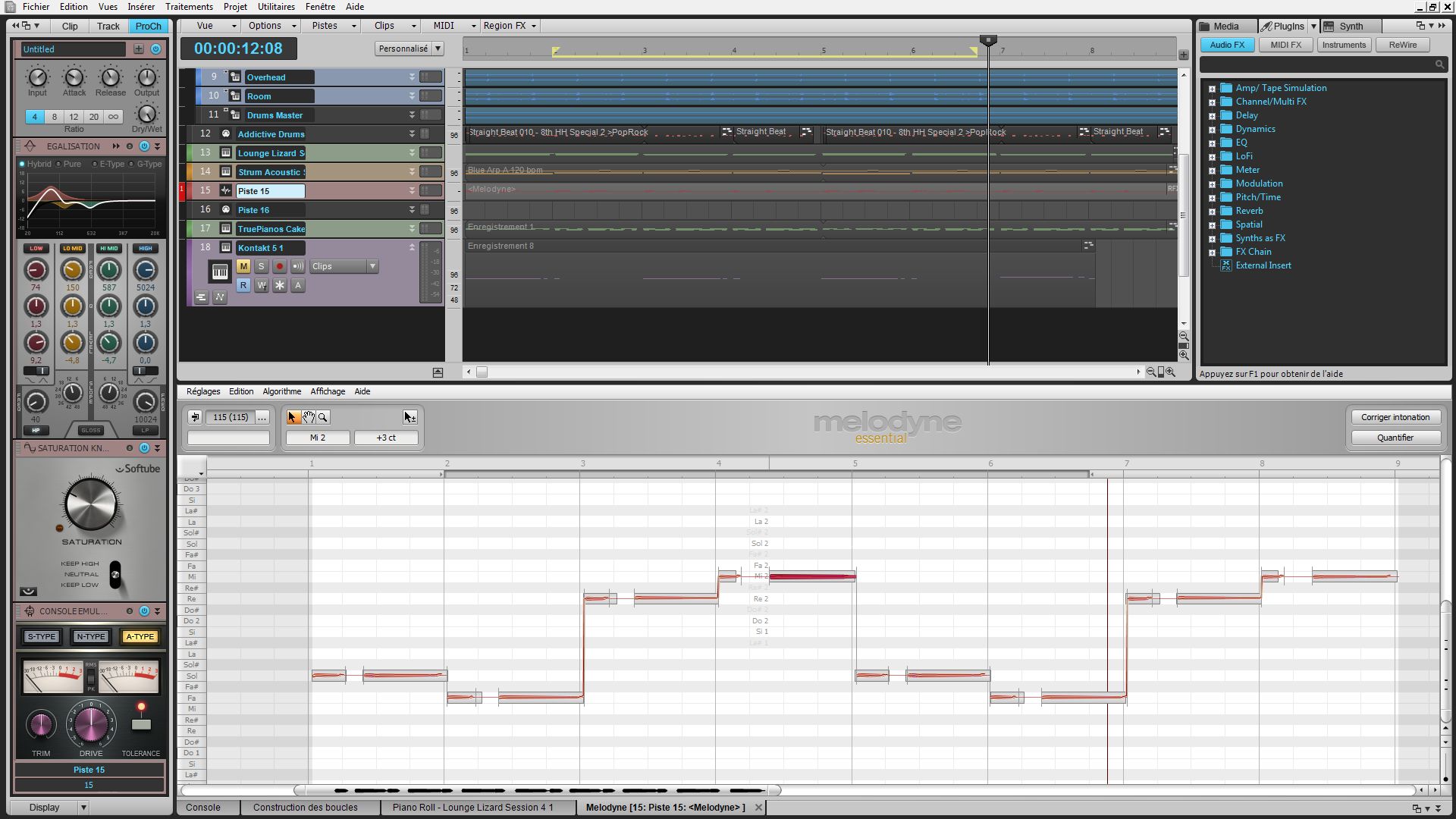
If the boat is moving very fast and the rate that the sonar unit is pinging is slow, then the number of times sound is bounced off the seafloor in the area covered is fewer than if the boat was moving slowly while the unit was set to a high ping rate. The sonar pings several times per second which, with the speed of the boat, determines the horizontal resolution of the images created. The farther away the object the more area there is for the sound to echo off. The ping is emitted in a fan shape outward from the transmitter. The swath width is determined by the depth of the seafloor being surveyed. Multibeam sonar has several transducers that allow a large swath of area to be surveyed at once making surveying much faster and more accurate ( figure 3). Assigning a color range or grey scale for depth can create a top-side view of the seafloor. The more time it takes for the pulse to return, the farther away the object is. A computer determines how long it takes to receive the returning pulse which, when the transducers are pointed toward the seafloor, translates to depth. The transmitter converts an electrical signal into an acoustical pulse and the receiver converts an acoustical pulse into an electrical signal.

The transmitter and receiver are called transducers because they convert energy into another form ( Figure 1). These systems work by transmitting a sound pulse, called a ping, through a transmitter at a specific frequency, and then receiving that same pulse through a receiver placed very close to the transmitter. Multibeam sonar sensors - sometimes called multibeam acoustic sensors or echo-sounders - are a type of sound transmitting and receiving system. Click image for larger view and image credit.
SONAR MOVE MULTIDOCK TO BOTTOM OF PAGE OFFLINE
I monitor through a set of Adam Audio A7’s.Įven though my DAW is offline I do share my flatscreen monitors with my internet machine through a dual DVI KVM switch.Figure 1.
SONAR MOVE MULTIDOCK TO BOTTOM OF PAGE SOFTWARE
Mackie CR1604VLZ 16 channel analog mixer.Ĭharvel Mod6 6-string electric guitar run through a Line 6 Pod XT (including the software based Pod Farm Platinum 2.5). Kurzweil K2500XS w/ expanded PRAM, Grand Piano daughterboard, Contemporary and Orchestral Blocks, and KDFX. Roland JV-1000 with the Vintage Synth and VE-JV1 expansion cards. Hardware-wise I have an i7 based computer using an Echo Layla 3G soundcard. Nomad Integral Bundle- another fine set of dynamic and processor plugins.Īnd other assorted software and sample libraries. EQs, Compressors, Reverbs, Limiters, etc. Waves Platinum Bundle- if you’ve ever listened to music made in the past couple of decades then you’ve heard Waves plugins in use. IK Multimedia- I own just about everything they make (T-RackS Deluxe, Sampletank 2.5 XL, Sonic Synth 2, Amplitube, etc.).

Native Instruments Komplete 7- an extensive suite of software synths, samplers, and guitar tools.įxpansion BFD 2- my drum software including some optional kits, i.e. Quantum Leap Pianos- kind of self-explanatory.Įast West Quantum Leap Symphonic Orchestra Platinum Plus- my own personal symphony.Įast West Quantum Leap Symphonic Choirs w/ VOTA Expansion- the aaaaaaahhhhhs have it! Sony Sound Forge 10 Pro- this is my digital audio editor. I figure the best way to start is for me to first list the tools I use-Ĭakewalk Sonar X2 Producer Edition- the heart of my DAW, I use this for recording, sequencing, and mixing. Everything starts somewhere and for Twisted Elixir it starts here! My hope is that as the sands of time flow I can use my trials and tribulations to help others navigate the world of digital audio.


 0 kommentar(er)
0 kommentar(er)
